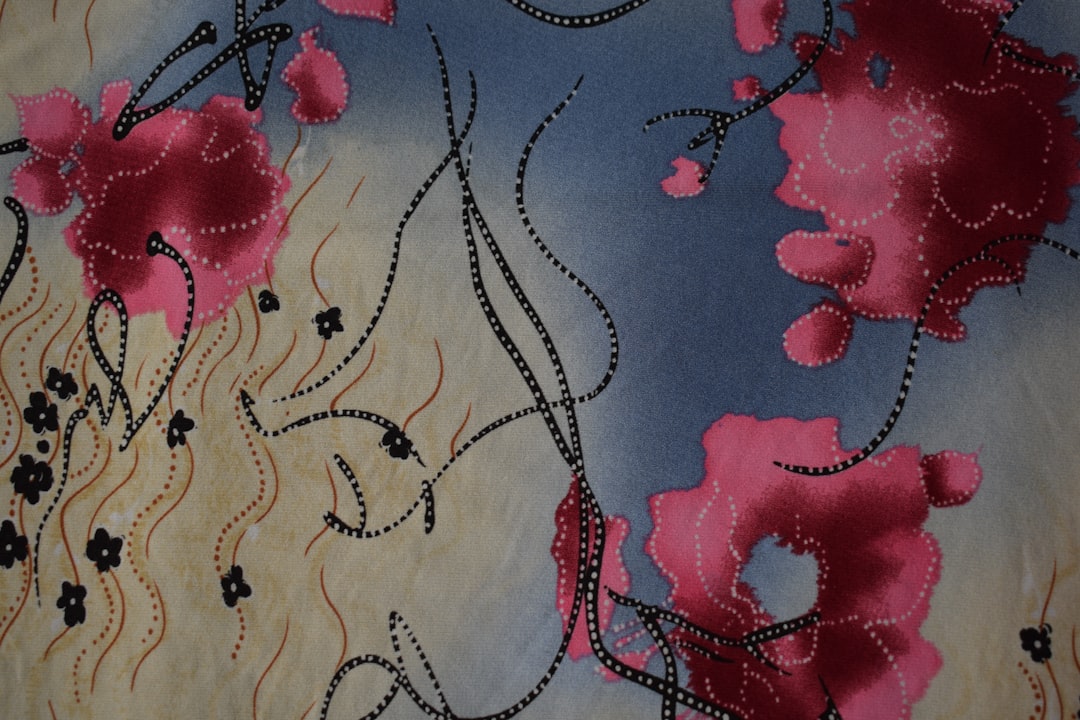Trump
From a Secret Putin Summit in Alaska to a White House Showdown: Trump's SHOCK Plan for Russia and Ukraine Revealed!

Washington is buzzing after a whirlwind 72 hours of high-stakes diplomacy that has the world on the edge of its seat. In a move that has stunned international observers, the US President has thrust America directly into the heart of the Russia-Ukraine conflict, hosting Ukrainian President Zelenskyy and a delegation of European leaders at the White House for urgent talks.
But this was no ordinary meeting. It came just three days after a clandestine summit with none other than Russia’s Vladimir Putin in the remote chill of Alaska. The back-to-back meetings signal a dramatic and aggressive new phase in American foreign policy, with the President positioning himself as the ultimate dealmaker in Europe's most volatile conflict.
The atmosphere in the Oval Office was reportedly thick with tension as President Zelenskyy sat down with his American counterpart. Flanked by key European allies, the group convened to discuss a path forward in the grueling conflict that has destabilized Eastern Europe for years. Sources inside the White House describe the talks as "intense" and "critical," with the fate of millions hanging in the balance. The message from the US was clear: the status quo is no longer acceptable.
What makes this gambit so electrifying is its timing. The White House meeting was strategically scheduled immediately following the President's hush-hush encounter with Putin. While details of the Alaska summit remain shrouded in secrecy, insiders speculate that it was there, away from the prying eyes of the global press, that the groundwork for this audacious new plan was laid. Did the two leaders hash out the framework for a deal? Or were red lines drawn in the snow?
The bombshell dropped late in the afternoon. The White House officially announced that the United States will take the lead in arranging a direct, face-to-face summit between Russia and Ukraine. This is the diplomatic Hail Mary that many have called for but few believed possible. The US is no longer just a supporter; it is now positioning itself as the primary mediator, forcing the two warring nations to the negotiating table under its direct supervision. This is a monumental pivot in global diplomacy.
The question on everyone's lips is: will it work? This bold, high-risk strategy could either pave the way for a historic peace accord or backfire spectacularly, escalating tensions to a breaking point. The world now watches, holding its breath, to see if this unprecedented diplomatic offensive will finally bring an end to the conflict or ignite an even bigger fire.